Nvidia has completed its acquisition of Run:ai, an AI software company specializing in GPU orchestration, for approximately $700 million. This move reinforces Nvidia’s ongoing strategy to expand its footprint in the AI software ecosystem, complementing its dominance in hardware.
Run:ai’s Role in Nvidia’s Strategy
Founded in 2018, Run:ai focuses on optimizing the management of GPU clusters, particularly Nvidia GPUs, to streamline AI workflows. The acquisition is a significant step in Nvidia’s push toward vertical integration, combining its industry-leading hardware with robust software capabilities.
Run:ai’s open-source philosophy contrasts with Nvidia’s historically closed CUDA ecosystem. This dual approach may broaden Nvidia’s appeal to developers and organizations seeking more flexibility in their AI operations.
Run:ai co-founders Omri Geller and Ronen Dar affirmed their commitment to the company’s founding principles. “True to our open-platform philosophy, as part of NVIDIA, we will keep empowering AI teams with the freedom to choose the tools, platforms, and frameworks that best suit their needs. We will continue to strengthen our partnerships and work alongside the ecosystem to deliver a wide variety of AI solutions and platform choices,” they stated.
Open-Source Commitment
In a notable move, Nvidia and Run:ai plan to open-source Run:ai’s software. While specific timelines and details are yet to be revealed, this decision is expected to bolster Nvidia’s reputation among developers and potentially address regulatory scrutiny over the acquisition.
What’s Next?
It remains unclear whether Nvidia will introduce additional services linked to the open-source version of Run:ai or how this will impact its existing software ecosystem. The acquisition, however, solidifies Nvidia’s leadership in AI while potentially prompting competitors like AMD and Intel to explore similar moves.
This acquisition is another sign of the growing convergence of hardware and software in the AI industry, setting the stage for further innovation and competition.






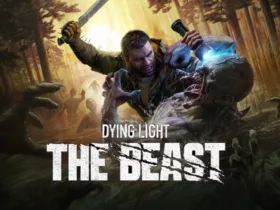
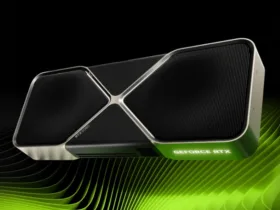
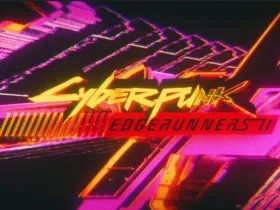



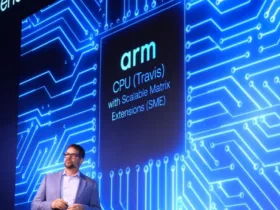
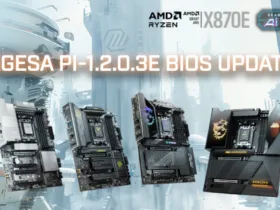
Leave a Reply